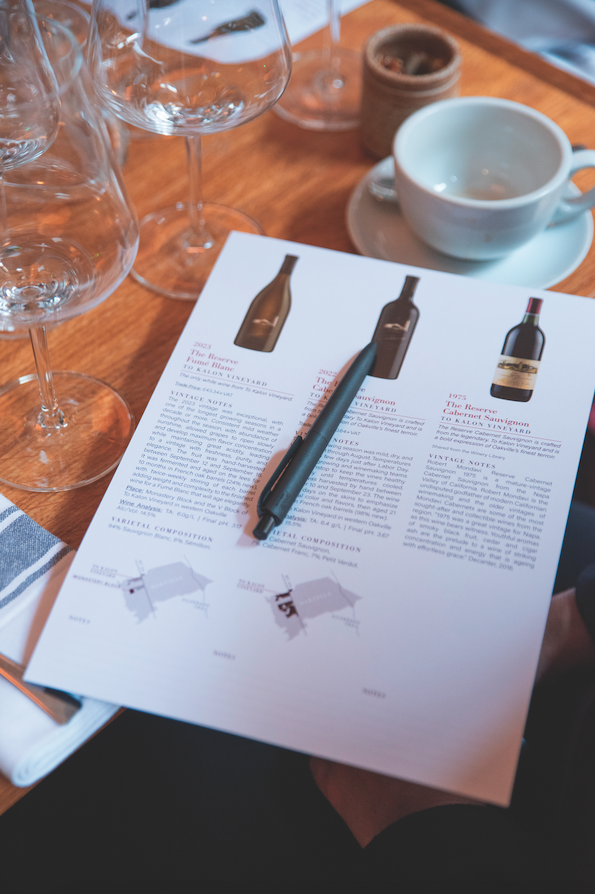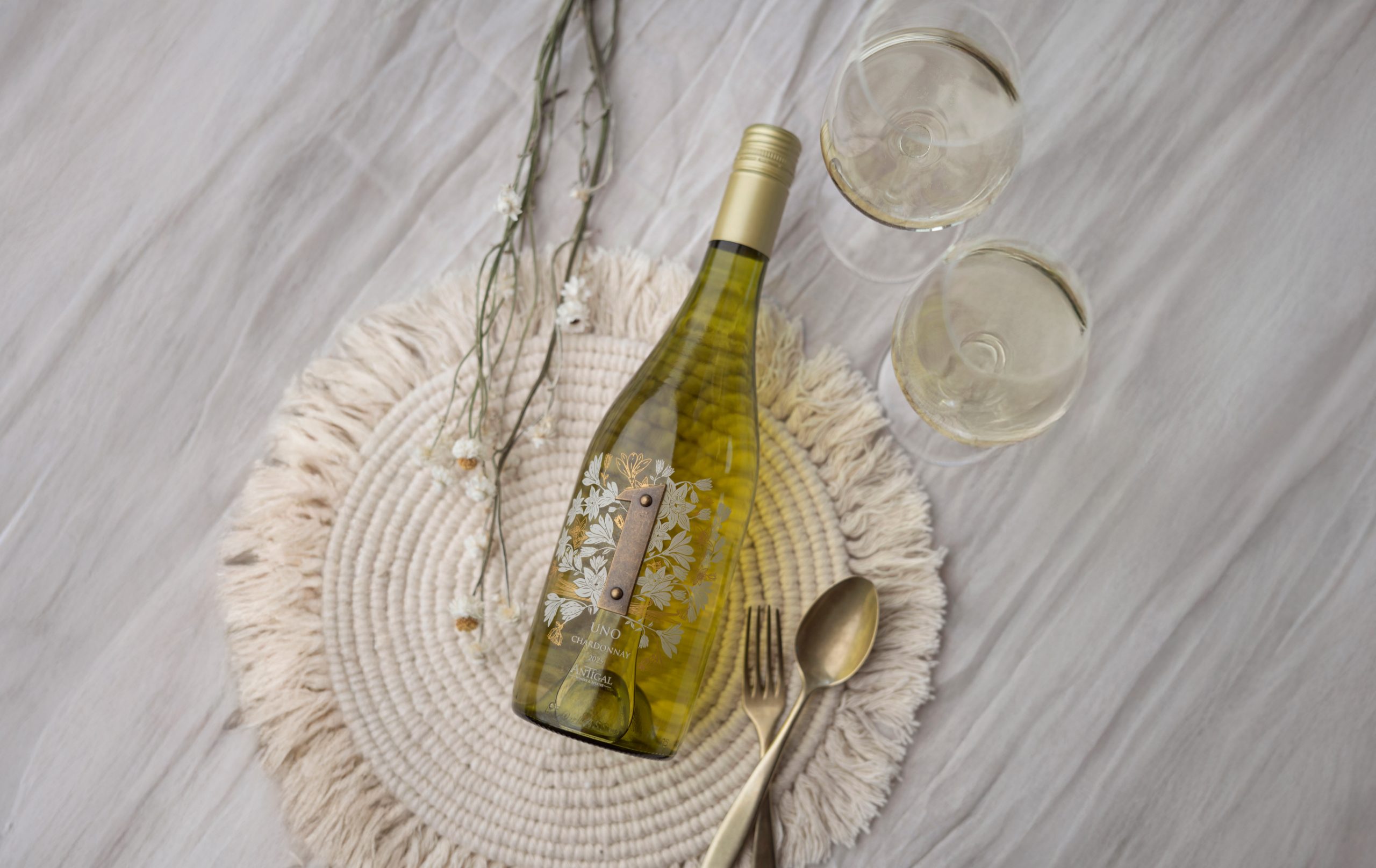Bordeaux 2017: The Left Bank
In my previous article I sought to debunk, at least in part, the myth of 2017 as a ‘frost vintage’. In this, the second of a series of three pieces, the aim is to provide a qualitative overview of the vintage looking at the classed growths of the Left Bank.
That is no simple task, for 2017, more than perhaps any vintage in recent memory, resists simple categorisation. The best, in a way, that can be offered for the Médoc is that 2017 is a story of north to south and east to west (where east, in effect, means to proximity to the river). The north escaped the frost – St Estèphe was entirely spared and Pauillac essentially untouched, other than a few inland parcels (typically of wines with not much presence en primeur).
Further south, in Margaux and the southern Médoc appellations in particular where the frost damage was more extensive, it was proximity to the benign and warming influence of the Gironde that offered the principal protection against tumbling temperatures and frozen vines.
The result is something of a patch-work vintage about which it is very difficult to generalise. But let me try, before adding a little more local colour and detail, appellation by appellation.
The vintage is far from homogeneous and not just because of the vagaries of frost damage. Yet the top wines, of Left and Right Bank alike, are excellent – and there is not too much, qualitatively, to choose between them. If we descend the Bordeaux hierarchy a little, however, the picture changes. At this level, 2017 is more of a Left Bank than a Right Bank vintage, and on the Left Bank, more of a northern rather than a southern vintage.
And what about the character of these wines? Again it is difficult to generalise but what can be said is that these wines are, typically, high in acidity, relatively low in alcohol and, certainly at their best, characterised by both ripe and gentle tannins and crunchy, sprightly fresh fruit.
At their best they are lively and joyous (a word I found frequently in my tasting notes). They will drink earlier than the more intense, concentrated and, perhaps, more ‘serious’ 2015s and 2016s. Those who choose their en primeur purchases wisely will not be disappointed.
And what about the appellation-by-appellation picture?
It is tempting to see this as a St Estèphe vintage, rather like 2014, but it is not quite as simple as that. The leading wines of the appellation are, indeed, excellent – as are a number of the less famous wines made by the same producers (châteaux Capbern and Tronquoy Lalande spring immediately to mind). And that is perhaps the point. For even here, without any frost damage, there is quite a stark qualitative gulf between the handful of top wines and the rest – a story not just of terroir but also, crucially, of both winemaking and of choices made in the vineyard itself. That is why Capbern and Tronquoy are quite so good. 2017 was not easy, even in the north of the Médoc. Getting it right required great skill and not an insignificant amount of luck too.
Of the very best wines here Calon-Ségur is perhaps the stand out. It certainly gets the nod, for me, over Montrose (though among those with whom I tasted, we were almost equally divided). Cos d’Estournel is certainly no less classy – though very, very different. It is heady, exotic, opulent and svelte where Calon is pure, lean, layered and precise. That said, Cos is perhaps a touch more restrained than it has been.
But for me this is the continuation of a recent (and welcome) trend, rather than representing any significant change in direction. Lafon-Rochet also deserves a mention. For me it is, quite simply, their most attractive wine in recent vintages.
If St Estèphe got lucky in 2017, then pretty much the same can be said for Pauillac. Here, again, the top wines are consistently excellent – and there are more of them! The first growths are each (predictably enough) true to their own distinct styles, their terroirs and the vintage.
They will undoubtedly please all those who can afford them. For me, despite an habitual penchant for Latour, it is Lafite that wows the most – though, strangely perhaps, I would take the wonderfully classic Duhart-Milon from the same stable over Carruades de Lafite. That is interesting and, in a way, surprising, for the competition between the second wines of the first growths has clearly intensified in 2017. In general, this is not a vintage for second wines but that is most definitely not true of the first’s seconds (as it were). Here Petit Mouton just has the edge, for me, over Les Forts de Latour (though the newly released Forts 2012 reminds one just how great these wines now have the potential to become).
Partner Content
Among the rest, Grand-Puy-Lacoste stands out, as it so often does, for its potential value. Lynch-Bages is instantly recognisable as Lynch-Bages, but perhaps less so as an expression of the vintage. If the signature fruit profile of the 2017s is crunchy (typically, red) berries then Lynch is altogether different and darker, a stylish and svelte compôte, almost more 2016 than 2017. Acquired by J-M Cazes (the owners of Lynch-Bages) with the 2016 already en barriques, Haut Batailley’s 2017 is a wonderfully fresh, poised and almost prickly signature of the vintage. It is very different from the 2016 tasted alongside it.
If it puts on a little more flesh during its élévage, it is likely to prove an excellent potential value. Pontet-Canet is stylish and pure, its typically clean and precise vinification reinforced by the fresh character of the vintage but, for me, it doesn’t quite reach the heights of the 2015 or 2016 in the context of the vintage. Finally, and as ever, the two Pichons – just a stone’s throw apart across the D2 – are worlds apart stylistically. My preference (though this is purely a question of taste and certainly not of quality) is for the sleek, stylish, elegant and layered restraint of Comtesse de Lalande. but the more boisterous Baron will surely enjoy just as many fans in 2017.
St Julien too got off relatively lightly with the frost. Of the classed growths it was just Lagrange (the furthest from the river) and some parcels of Branaire-Ducru (those further from the river) that suffered. Here it is the three properties fronting the Gironde – Léoville Las Cases, Ducru Beaucaillou and Beychevelle – that stand out. Las Cases is, like its 2016, the most tannic but those tannins are beautifully ripe and oh so richly coated. This is un vrai vin de garde in a vintage which hasn’t produced that many. Ducru is, in comparison, much more open, opulent and approachable – it is gorgeously attractive already.
That Beychevelle can and now should be mentioned in the same breath is testimony both to the marvels performed by Romain Duclomb, its young and greatly talented winemaker, and to the wonderful new winemaking facility he has had at his disposal since 2016. Like the 2016, here the 2017 retains the plush exoticism so characteristic of Beychevelle while delivering this in a new more complex, layered and elegant form. Chapeau!
Finally we come to Margaux. Things were difficult here. Even at Château Margaux itself, which lost 10% of its potential yield to the frost, there was an almost palpable sense of disappointment that a potentially fantastic third vintage in a row was thwarted at the last moment by just a little too much rain in September. Don’t get me wrong, this is a great wine – and Pavillon Blanc is perhaps better still – but it is clearly not quite the wine they were hoping for in August. At neighbouring Palmer the mood was a little more upbeat. The first wine here is again gorgeously enticing, powerful and intense yet silky and elegant even at this formative stage and, in Alter Ego we find almost certainly the pick of the second wines outside of the first growths.
Among the other wines of the appellation, we are again in familiar territory – with Rauzan-Segla and Brane Cantenac reinforcing their credentials as the other clear and now consistent stars of Margaux. Issan and Malescot-St-Exupery are just a whisker behind.
But a final word should perhaps go to Marquis de Terme and Durfort Vivens, both of which continue to chart a steep upwards trajectory even in a vintage that was rather more challenging than either 2015 or 2016. While the vintage might not have favoured Margaux, this remains the Left Bank appellation in which one finds the highest density of improving properties.
In summary, then, this is a really complex and differentiated vintage – on the Left Bank just as much as on the right. There are some fantastic wines to be had and some of those are likely to represent very good value. But, above all, 2017 is a terroir magnifier – a vintage in which terroir is perhaps even more important than ever.
Colin Hay is Professor of Political Economy at Sciences Po in Paris where he works on the political economy of La Place de Bordeaux and wine markets more generally.




